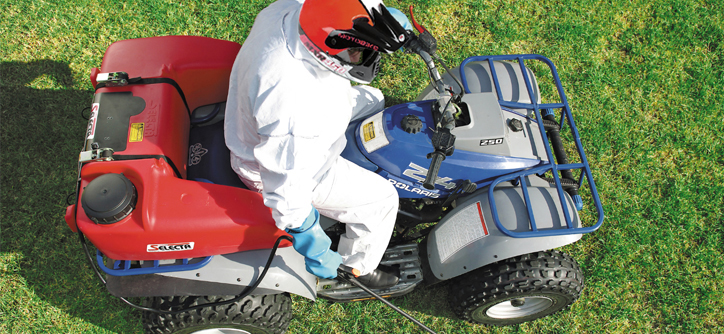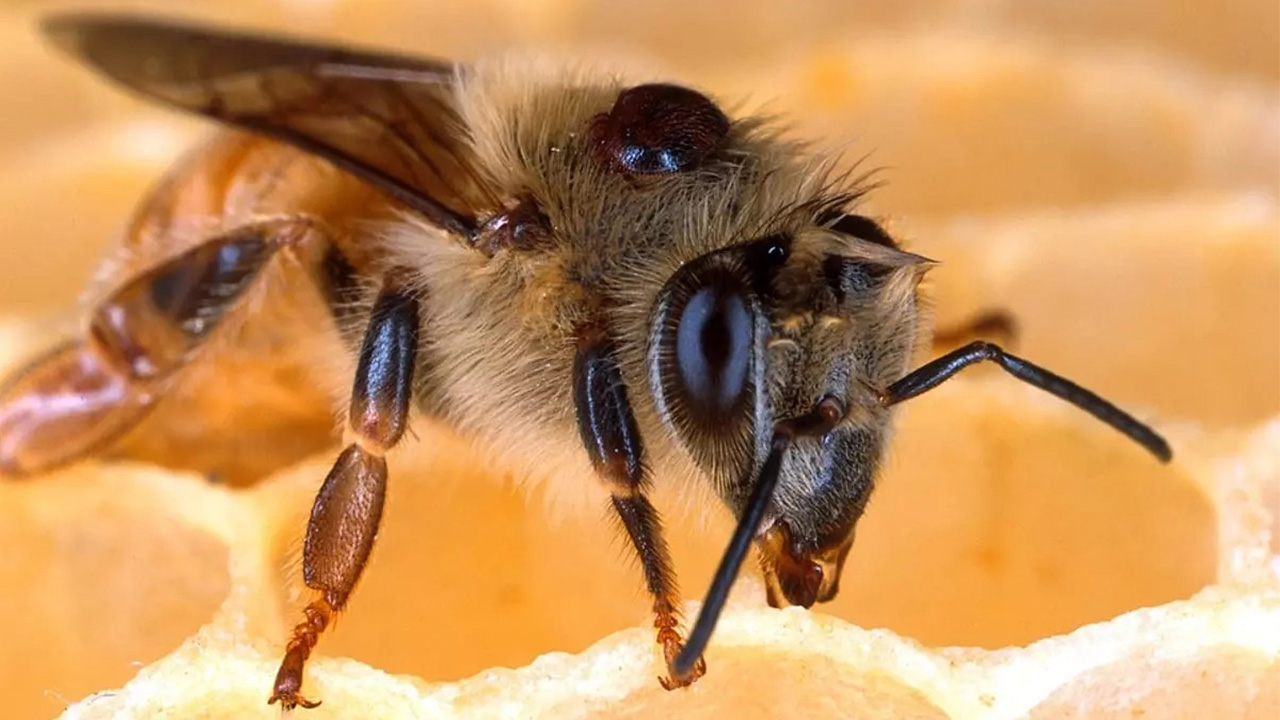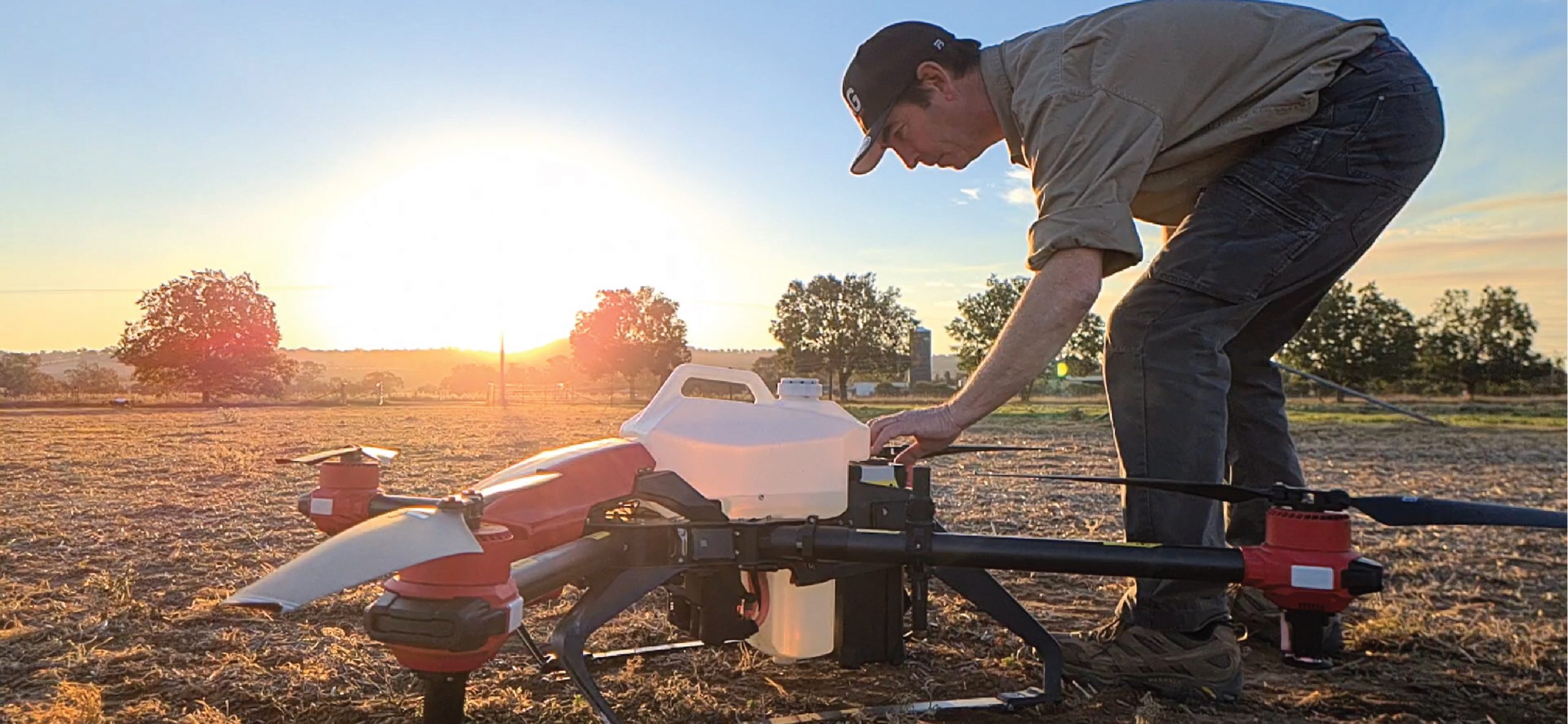Much has been said and penned on quad bike safety as a mode of on-farm transport, for tasks such as checking crops, spraying fence lines, moving livestock, checking lambing ewes or cows calving or even spot spraying invasive weeds.
According to Farmsafe Australia just over three-quarters of agricultural fatalities between 2010 and 2014 involved farm vehicles and in 2016 quad bikes accounted for the highest number of deaths and injuries overall.
As such Farmsafe encourages the following safety principles (1) :
- Is the quad the most appropriate vehicle to do the job? A farm ute or Side-by-Side Vehicle can carry loads and passengers safely. Alternatively, a tractor or two-wheel motorcycle may be more appropriate depending on the task(s) to be undertaken;
- A suitably tested crush protection device (CPD) should be fitted to the quad bike;
- Always keep the quad well maintained and tyres correctly inflated according to manufacturers’ recommendations;
- DO NOT allow riders under 16 years old to operate a quad of any engine size (kids and quads are a fatal mix). Allegedly “child appropriate quads” also kill by crush/asphyxiation and are present in Australian coronial records;
- DO NOT carry passengers;
- DO NOT carry or tow loads (including spray tanks and trailers). Loads make an unstable vehicle that is “prone to rollover” even more unstable. This adds to the risk of rollover and fatal crush injuries or asphyxiation; and,
When riding a quad always wear a helmet.
In tandem with the Farmsafe safety principles above, ensure all quad bike users have the appropriate knowledge, training and skills to operate the bikes safely and the workplace has the appropriate emergency facilities (First Aid) and emergency plans in place in case of a serious incident. Also remember to keep a record of risk assessments identifying potential hazards and the appropriate controls and safe systems of work.
If you use a quad bike to spot spray weeds, important points to consider:
1. What is the maximum weight capacity (MWC) of the quad bike?
Operator manuals detail this specification, for example looking at a Honda TRX 250TM 2009 (250cc) Operators Manual, the MWC is listed as 175kg, and for the Honda TRX500FM 2013 is listed as 220 kg.
Assuming 100 kg of rider and accessories, the 250cc quad bike would allow up to a spray pack and water mass of 75 kgs on the bike, and 120 kg for the 500cc model. Due to stability /braking limits, the manufacturers recommend maximum weight limits to be carried on the front and rear carry racks. For larger bikes (500cc plus) these weights are generally limited to 45 kg front/85 kg rear.
2. Issues related to spray pack and water volume
Be careful to avoid overloading and instability issues. As such a 500cc bike with 85 kg rear carry case limit can have up to about 70 litres of spray with a sprayer weight of up to 15 kgs. Silvan (Rakpak 70 L) and C-Dax (Spray Rider 50 or 80 L) for example, manufacture baffled tanks to minimise shifting water volumes in the tank and a wraparound type tank design that centers the tank weight whilst maintaining a lower center of gravity than your standard rectangular shaped tank, note can only fill the 80 l C-Dax tank to 71.5 litres given its 13.5 kg weight).
Ensure these units are well secured to the carry case and don’t obstruct the riders ease of dismount from the bike. If mounting an additional 20 litre tank to the front carry case, ensure it doesn’t impede line of sight.
 3. Pump size, spray guns and spray nozzles
3. Pump size, spray guns and spray nozzles
Cheaper model spray packs will come with pumps with low pressure ratings and smaller output volumes and limit spray line length, given a pressure drop of about 0.4 bar for a six-metre length of 8 mm hose. Also, if you ever want to mount two opposing boomless nozzles you may need up to 9 or 10 litres per minute flow from your pump depending on nozzle size.
With spray guns, if you get a plastic wand with a threaded cap, you can replace the adjustable nozzle with a low-pressure air induction nozzle such as the AIXR11003 to greatly minimise drift potential if spraying in sensitive areas.
4. Chemical choice and Personal Protection Equipment (PPE)
With linkage mounted tanks and hose reels, generally two operators work in tandem. One mixing, loading and doing the spraying, wearing label prescribed PPE and the other a driver permanently in the tractor cab, wearing only his/ her work clothes to prevent contamination of the cab. With quadbikes, there is one operator driving the quad, and once stationary spot spraying weeds on their own, halving the labour costs.
However, this may expose workers to higher risk of injury and poisoning when spraying [JP1] pesticides. Using quads is not the right system for spraying highly toxic herbicides (Signal Heading – Dangerous Poison). The label prescribed PPE including face masks/ respirators could impinge on wearing helmets and the safe operation of the quad bike. This also includes carrying a 10 L drum of freshwater with tap, hand towels and a First Aid kit on the front carry rack for cleaning accidental spills, and handwashing limits the safe operation of the quad bike.
In summary, spot spray operations can be safely performed using a quad bike with a 50 or 70 litre baffled spray tank as described earlier, using low toxicity herbicides like glyphosate, wearing standard long sleeved cotton shirts and trousers, rubber boot, safety glasses, nitrile gloves and a helmet. The big caveat here is the nature of the terrain and decreased stability of the quad increases the risk of fatal rollovers, even on flat agricultural land. Fatal rollovers have occurred when spraying along river banks and dam walls and the like.
However, with appropriate training of workers who are at least 16 years old, fitting rollover protection and considering safety risks covered both in this article, as well as by the various State SafeWork Authorities, quad bike users can be empowered to operate their equipment more safely and efficiently than ever before.
1. https://www.farmsafe.org.au/Quad-and-Vehicle-Safety




